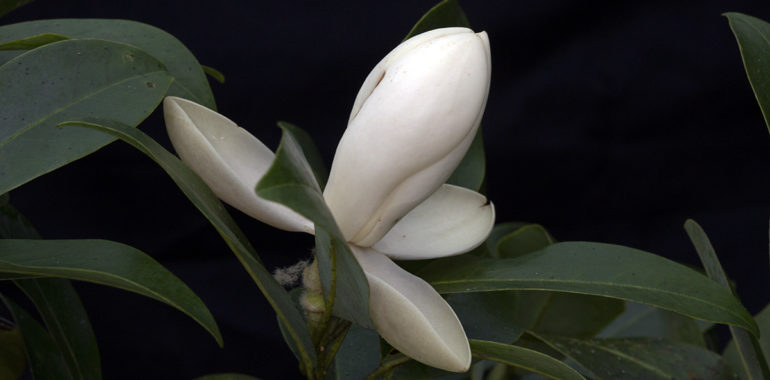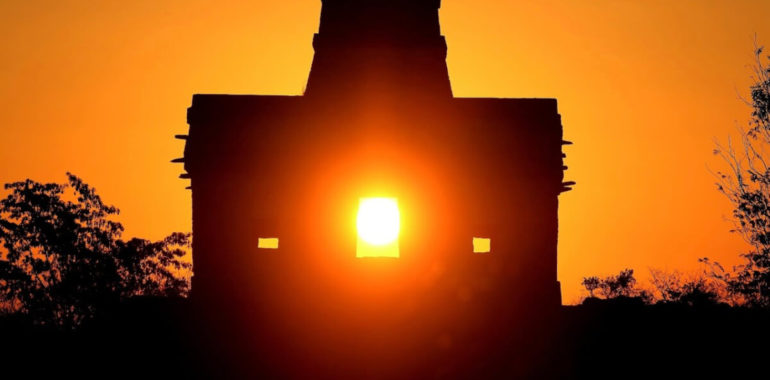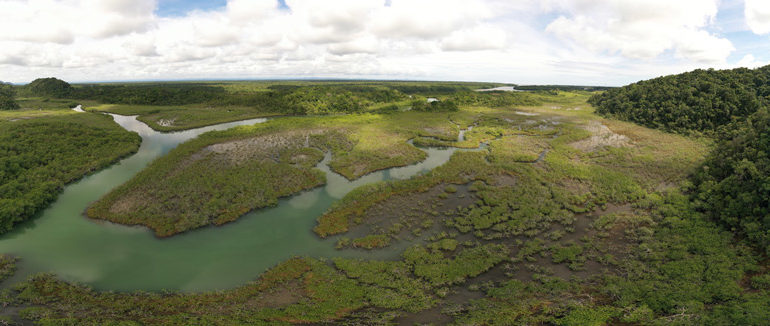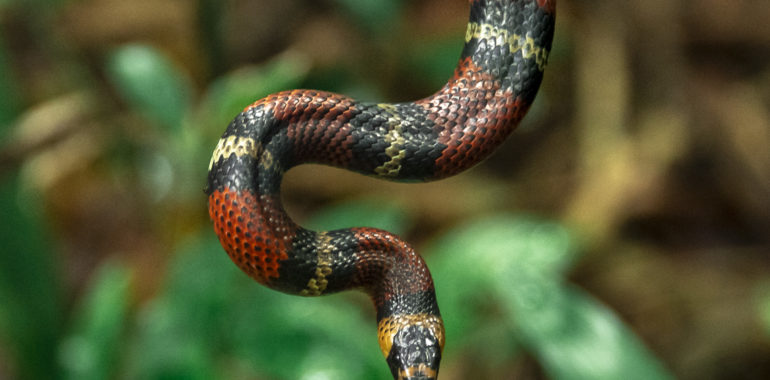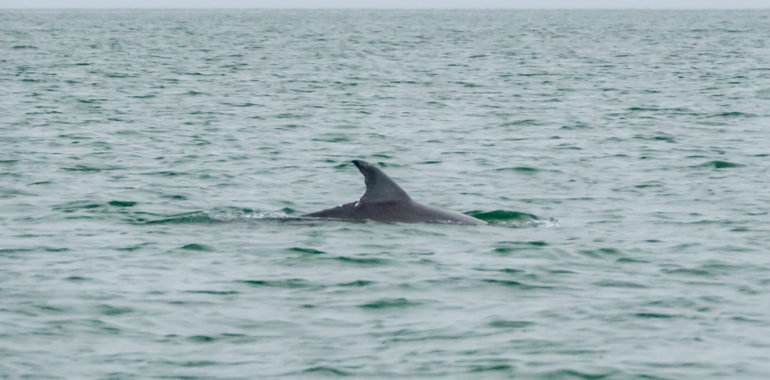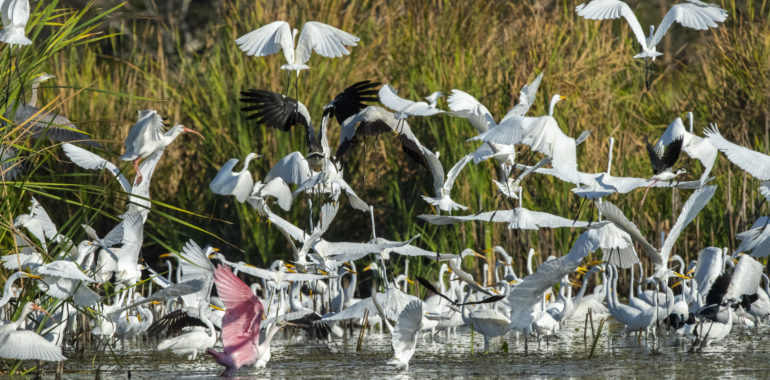Nature has unique resources to regulate the temperature on the planet. Known as carbon sinks, which are natural deposits such as oceans, forests, and soils that absorb and sequester carbon dioxide (CO2) from the atmosphere, reducing its presence in the air and increasing oxygen (O2) concentrations. The main carbon sinks were from the production of…
Trees to admire today, the international day for the preservation of tropical forests
Tropical forests are all forests which are located in the tropics, or put in other words, closer to the equator line. They are generally characterized by higher temperatures, bigger amounts of rainfall, and particularly, broader biodiversity indexes. Taking into account that tropical forests are those that grow in the tropics, they can be classified according…
Deforestation and Reforestation in Guatemala
It is popular knowledge that the name of Guatemala comes from the Nahuatl Quauhtemallan, which means “place of forests or many trees”, so we can deduce that this country is an area in which the forest represents the majority of the areas, however , the nation that bears the forest in its name has been…
The Spring Equinox: Its importance within the Mayan Culture
During March, precisely on the 20th, one of the most important astronomical events for the Mesoamerican Region, the Spring Equinox, takes place. It’s considered the first annual mark of Earth’s movement around the Sun, depending on what part of the planet it’s been observed, it may change its meaning, but in general, it represents the…
The Study of Wetlands
Wetlands are understood as “extensions of marshes, swamps, peat bogs or surfaces covered by water, whether natural or artificial, permanent or temporary, stagnant or currents of fresh, brackish or salt water, including extensions of marine water whose depth at low tide it does not exceed 6 meters” – Ramsar. Every February 2, World Wetlands Day…
Snakes from the lowlands of northern Guatemala
Snakes are a group of reptiles belonging to the order Squamata, including lizards. Guatemala has more than 273 species of reptiles. Of which 133 species are snakes. The lowlands of northern Guatemala is the area with the most species with around 73 species, being more than half of the species present in the country. In…
The Wonders of Cetaceans
Cetaceans are divided into two groups: Mysticeti (Mysticeti), which have baleen to filter their food, like the humpback whale and the blue whale; and the Odontocetes (Odontoceti), known as the toothed cetaceans, among them are the dolphins, killer whales and sperm whales. Characteristics and adaptations of cetaceans Cetaceans evolved fifty million years ago from…
El dilema de la primavera en Guatemala: ¿Es realmente eterna?
Tanto en Guatemala, como en el extranjero, los guatemaltecos reconocemos con orgullo a nuestro país como el de la eterna primavera. Sin embargo, existen muchas probabilidades de que la mayoría de nosotros no identifique cuando ocurre esta estación. ¿Será porque todo el año vemos flores que no la reconocemos, o bien, que muy pocas veces…
Amazing cenotes in Yaxha
Did you know that in Yaxha, Nakum and Naranjo National Park there are cenotes attached to the Yaxha Lagoon? If you visit this place, we recommend you take a boat ride and ask the boatman to take you to see the cenotes. You must take into account that in the dry season you may not…
Migratory birds: A special dynamic in the world
On October 12, World Migratory Bird Day was commemorated. This is a very important annual campaign to promote global awareness and conservation of migratory birds and their habitats. Migratory birds play an important role in the ecological dynamics of the sites they visit, as they are important predators of insects and vertebrates, dispersers of seeds,…


